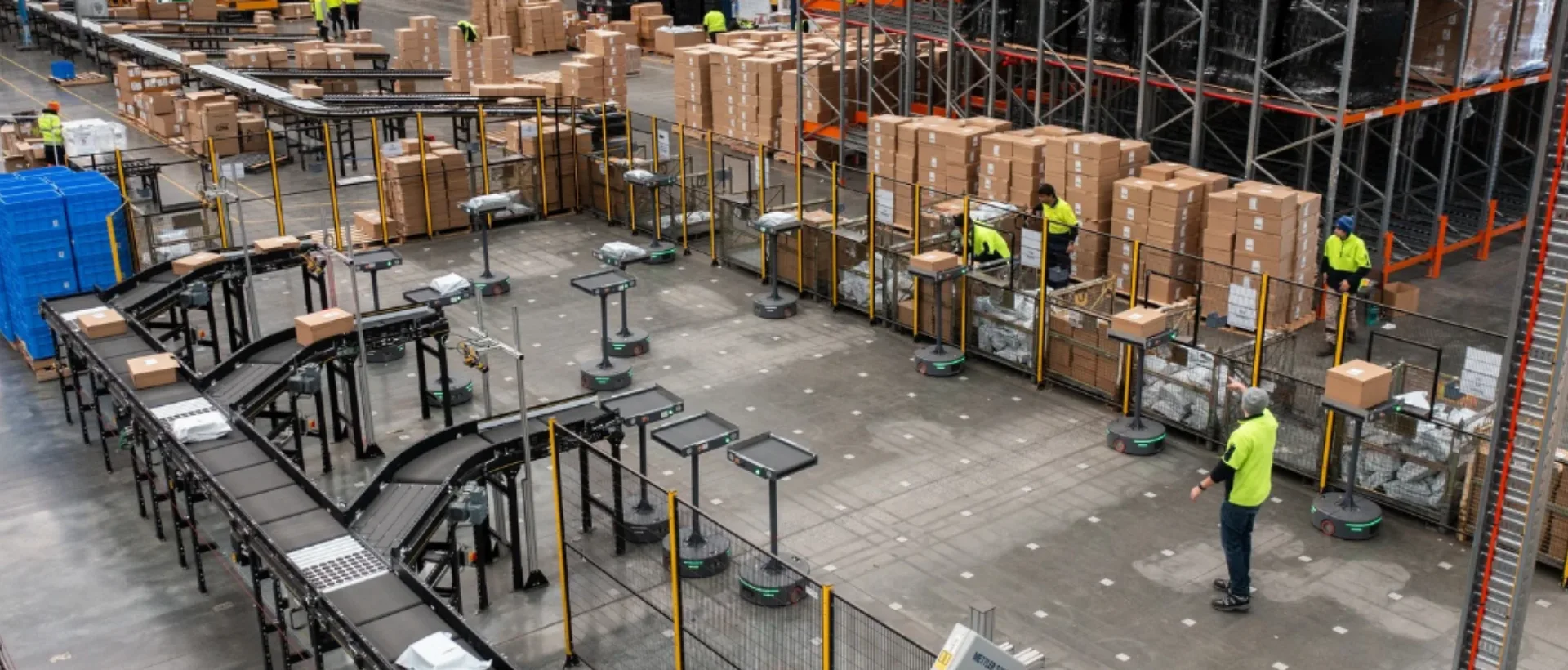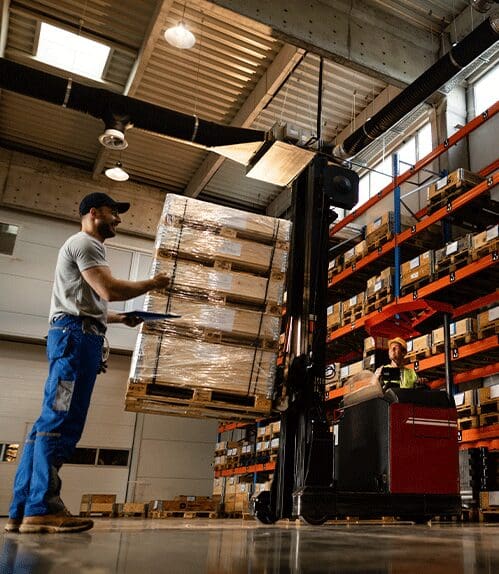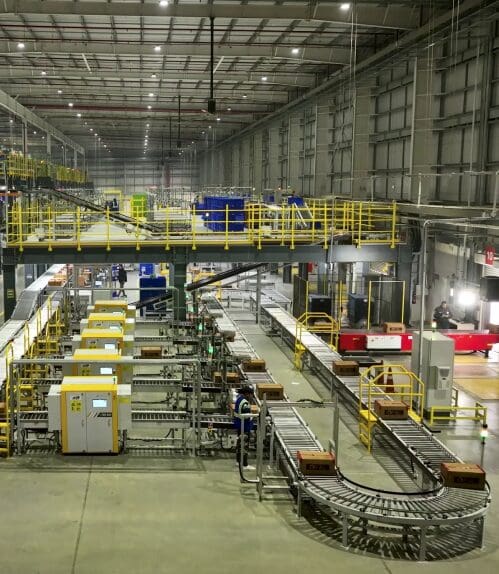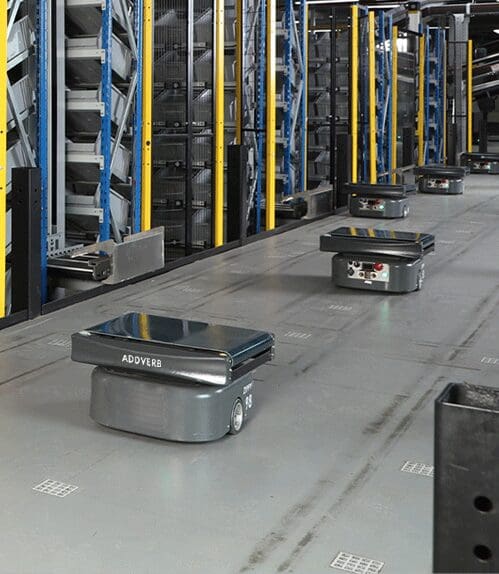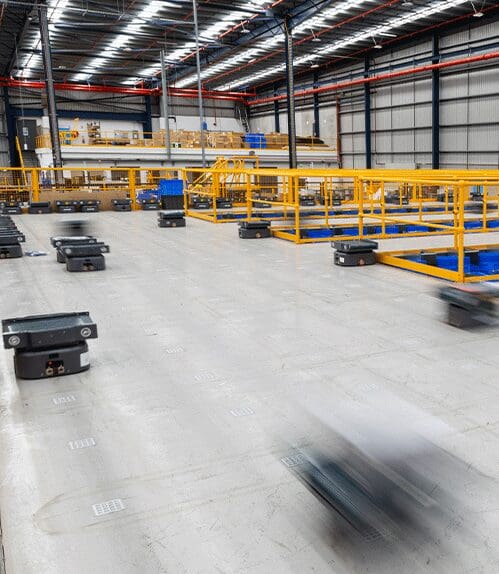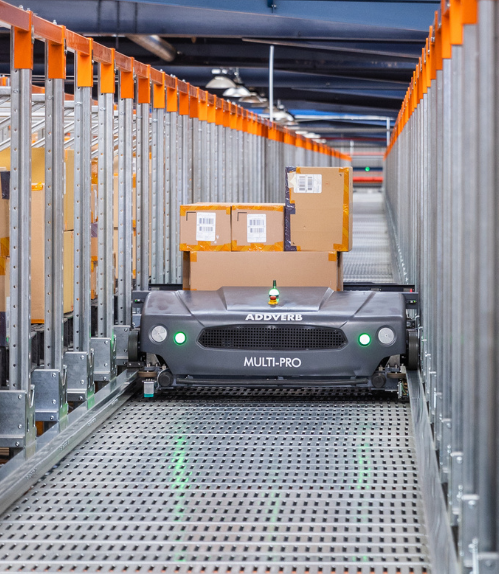Table of Contents
In the current era where decisions taken in a second. A single tap on your smartphone brings you groceries, clothes and even the latest launch of mobile phones to your doorsteps within minutes. This is just not a cultural shift but a structural one, that deeply affects on how the logistics and supply chain re-wire themselves globally to cater to the need of impulsive buying and expectations of quick-fulfillment.
The quick commerce market is projected to grow from $103.7 billion in 2024 to $997.1 billion by 2034, at a CAGR of 25.4%, powered by urbanization, technology adoption, and demand for faster home deliveries.
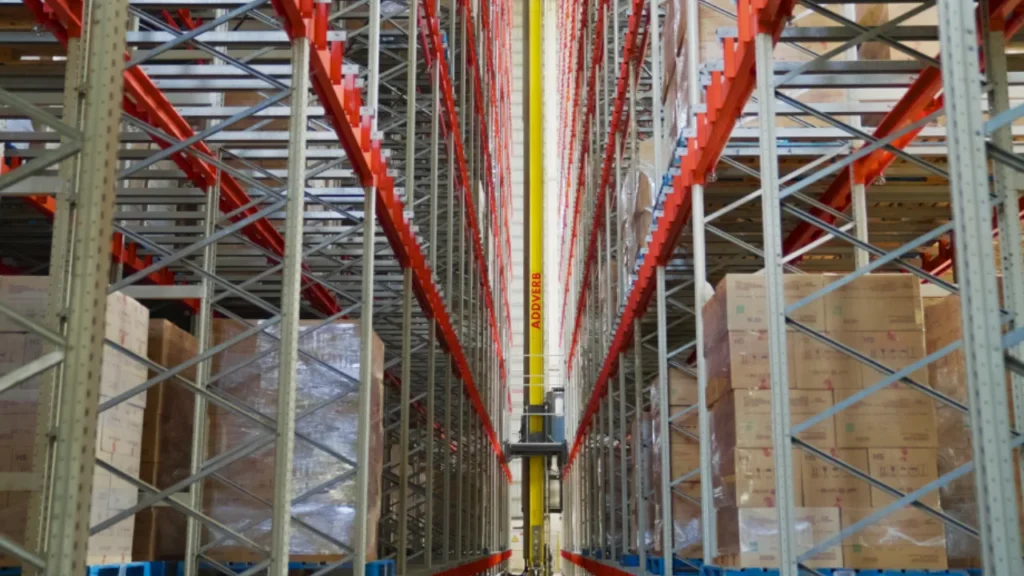
The Psychology of ‘Now’
Businesses have aggressively pushed themselves into a delivery arms race just to meet our expectations. The ‘10-min delivery’ mindset has transformed the quick commerce. Speed is the new normal. It is the baseline at which companies’ supply chain would differentiate and create a competitive edge.
To meet these demands, companies are overhauling their supply chain strategies. Instead of relying on a single large distribution center, businesses are investing in networks of regional and local Q-commerce warehouses. These multiple distribution centers, strategically located near consumer hot-spot zones, allow for lightning-fast deliveries.
Q-commerce Warehouse Automation- Powering Fast Delivery
Manual processes are cumbersome and they can slow down speed in numerous ways. That leads businesses to move towards automation for timely dispatch, ensuring faster deliveries. Embracing technologies such as AI-powered demand forecasting and real-time data monitoring ensure Q-commerce warehouses never run out of stock.
Automation is a mix of systems, and intelligent workflows to simplify operations, reduce errors, and boost throughput. It’s less about replacing people, and more about empowering them with smarter, faster, and more reliable systems.
Q-commerce warehouse automation aims to significantly improve this working environment, using a combination of tools, from centralised dashboards capturing real-time inventory tracking to flexible and scalable architecture and automated workflows. From receiving the inbound inventory to carefully picking and packing orders for shipment, automation is driving speed, accuracy and overall efficiency for businesses.
While many processes can be automated in a Q-commerce warehouse, they don’t always require robotics or complex machinery.
Here are some of the key areas wherein the automation commonly applies :
- GTP Stations enabling streamlined order picking. GTP systems bring inventory directly to a Q-commerce warehouse operators instead of having them reach out to pick items. These stations use automated shuttles or robots to quickly retrieve goods from storage locations and deliver them to a fixed workstation, where operators pick and pack the orders. This approach significantly reduces picking time and increases accuracy by minimising manual intrusion.
- Automated Storage & Retrieval Systems (ASRS) are mechanised systems, often including cranes, stacker cranes, or shuttles that precisely store and retrieve goods from high-density storage racks. These systems maximise Q-commerce warehouse space utilisation up to 80%.
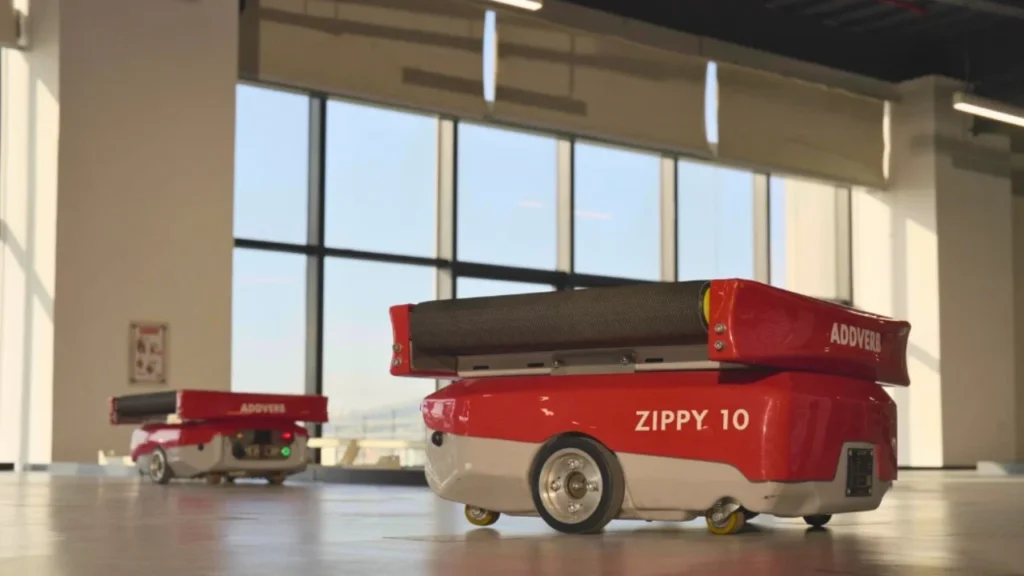
- Modern conveyor systems can be integrated with robotic sorters & scanners to seamlessly route products with the warehouse with minimal human intervention.
Together, these technologies form an integrated, high-speed Q-commerce warehouse automation ecosystem that boosts throughput, accuracy, and scalability, key for meeting today’s ‘need-it-now’ consumer expectations.
Speed with Accuracy- Why it Matters
Well, all of us can forgive a late delivery at times but not a wrong item or no item at all. The most forward-thinking mindsets are investing in flexible systems that can adapt to SKU expansion, scalable demand and labour shortages.
Addverb has been crafting such tailored systems – from robots that sort items to the software that connects everything. The goal – Making sure your order is as fast, accurate and stress free as your business. So next time your favourite snack shows up almost instantly, remember there’s a whole world of tech working behind the scenes to make it happen.
Performance is the new priority in meeting fulfilment
To ace you up against your competitor, speed and accuracy needs to be matched up with system performance. To thrive, businesses have to target the performance across multiple key indicators.
KPIs for success
As online business continues to grow at an exponential speed, fulfilment operations face unprecedented pressure to match customer demands. Success depends on effectively managing these critical KPIs:
- Shorter order cycle times would enable faster delivery and satisfied customers
- Increased accuracy to reduce the human-error, enabling growth
- Managing higher throughput remains to be the key in meeting customer expectations when order volumes spike.
Conclusion
In today’s consumer-driven “psychology of now” environment, these performances measure showcase far more beyond than just metrics. They create the pillar for reliable and competitive e-commerce, ensuring that businesses not only meet expectations now, but also build trust, credibility and long-term customer retention.
Our team of experts designs personalised automation solutions for order picking, storage and sortation, complemented by software and controls that ensure smooth integration with existing systems in your warehouse. Faster fulfilment, accurate orders are the only way to keep up with our “on demand” world.

